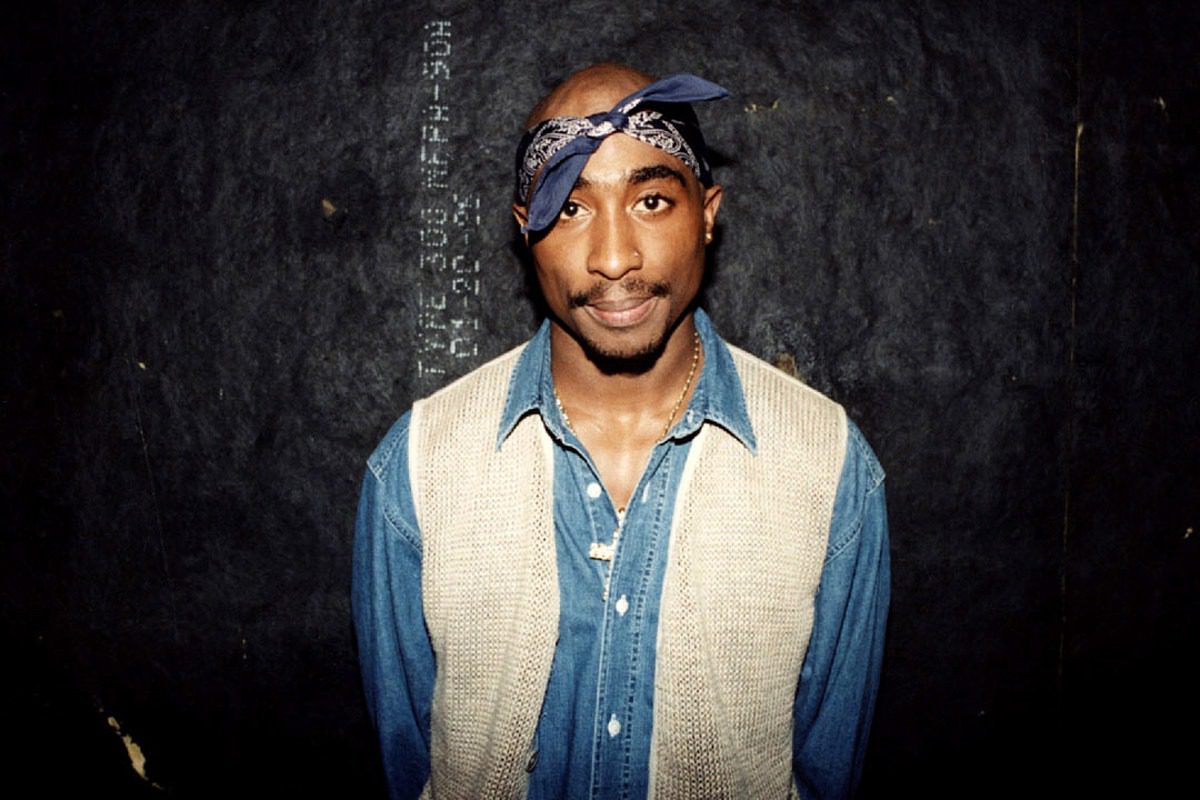Over the course of a professional rap career that stretched just five years before his tragic death in 1996, Tupac Shakur unloaded a wide range of material that kept him unattached to any rap archetype except the one he was creating.
On his first two albums, 2Pacalypse Now and Strictly 4 My N.I.G.G.A.Z…, he's more external with a focus on the plight of the Black community. For his third album, Me Against the World, Tupac is more inward and personal while on the glossy All Eyez on Me, the West Coast rapper was vengeful and celebratory. On The Don Killuminati: The Seven Day Theory, which was the last project ’Pac finished before his tragic death in a drive-by shooting on Sept. 13, 1996, and was released two months after he died, he was seemingly battling ghosts as he attacked beats with a greater fury than he'd ever shown before.
A lot of times, he'd shift his perspectives from song to song on the same album. On "Keep Ya Head Up," he's advocating for Black women, but on "I Get Around" he abandons that tenderness and is in all out player mode. He could be as reflective as he could be brazen. For every "I Ain't Mad Atcha" there was an "Ambitionz Az a Ridah." He'd make a "Dear Mama," but he'd also have a "Temptations." He had range, and was a more dynamic writer than he was given credit for.
The notion that ’Pac’s technical rapping skills paled in comparison to his legendary peers is erroneous. On songs like “If I Die 2Nite” and “Got My Mind Made Up," the lauded MC showcases tight rhyme schemes, alliteration, assonance and any other literary device you’d hear about in high school English class. He could use those elements without sounding trite or hectoring. Tupac flowed with pace but was never in a hurry. The rhymer could use his voice to channel real time urgency. He was nice.
Outside of the technical and thematic aspects of his craft, ’Pac also had charisma that seeped into his best songs. He had great instincts for ad-libs. Some of the best ’Pac songs, like the DJ Quik-produced ‘’Heartz of Men" or "Outlaw," feature him kicking game about how the world works, how to evade enemies and how to keep your mind on your money.
The charisma, underrated penmanship and thematic diversity are all part of what makes Tupac Shakur one of the greatest rappers who ever lived—and one of the most influential. While some people want to reduce him to "Hennessy and enemy" rhyme patterns, ’Pac laid out a blueprint that's followed to this day. In some ways, rappers who are currently making music are still trying to be who he was: Confrontational but empathetic, loud but sensitive, and humorous but solemn. He blended those qualities as well as anyone, and his discography shows that.
Today, in celebration of Tupac Shakur, XXL ranks every album—from good to greatest—that he worked on while he was alive. A total of five releases. Check out the ranking of ’Pac's albums below.—Jayson Buford
See Every Tupac Shakur Album Ranked

